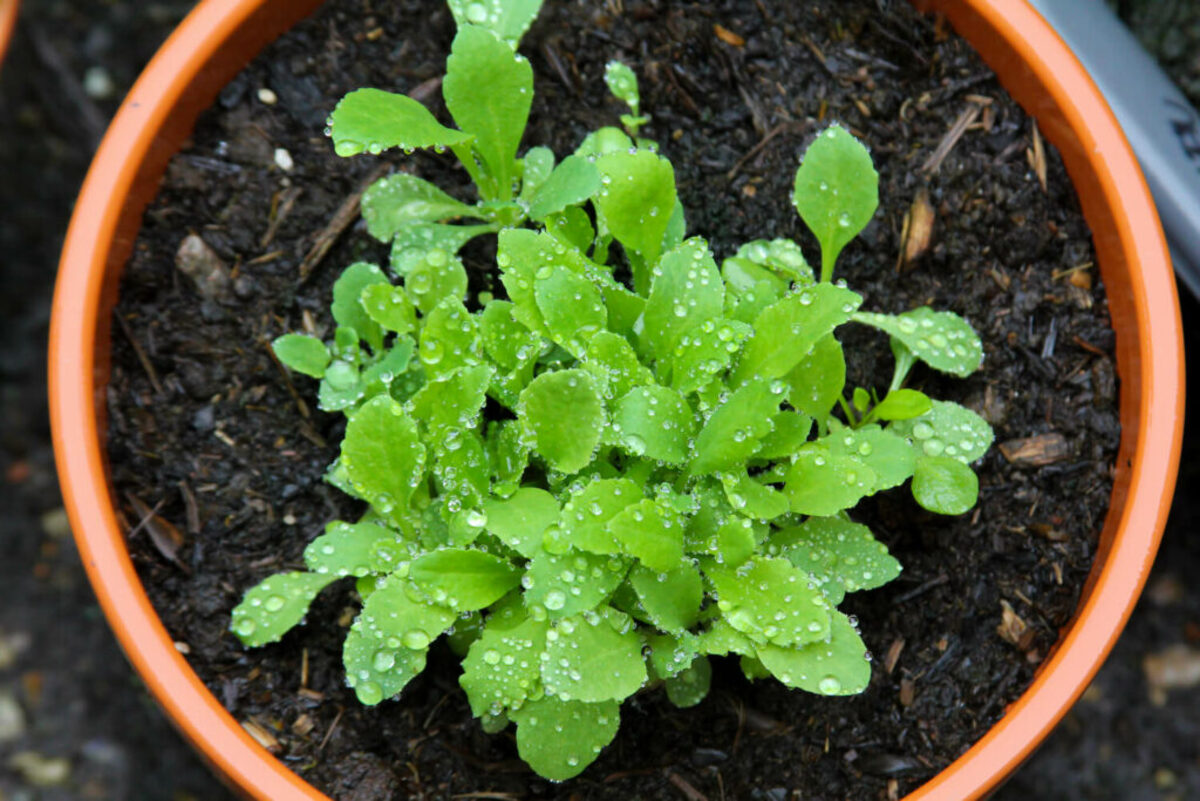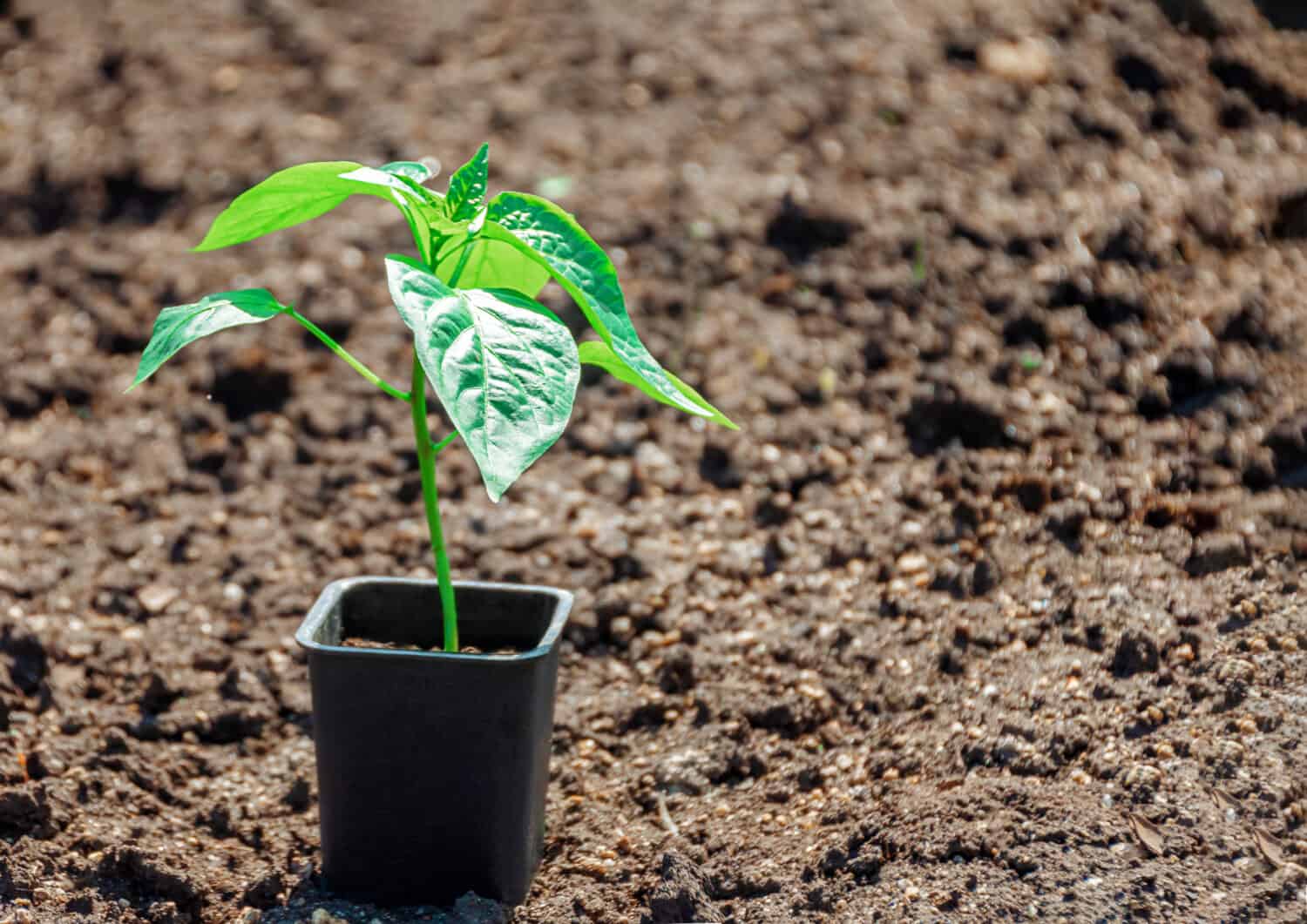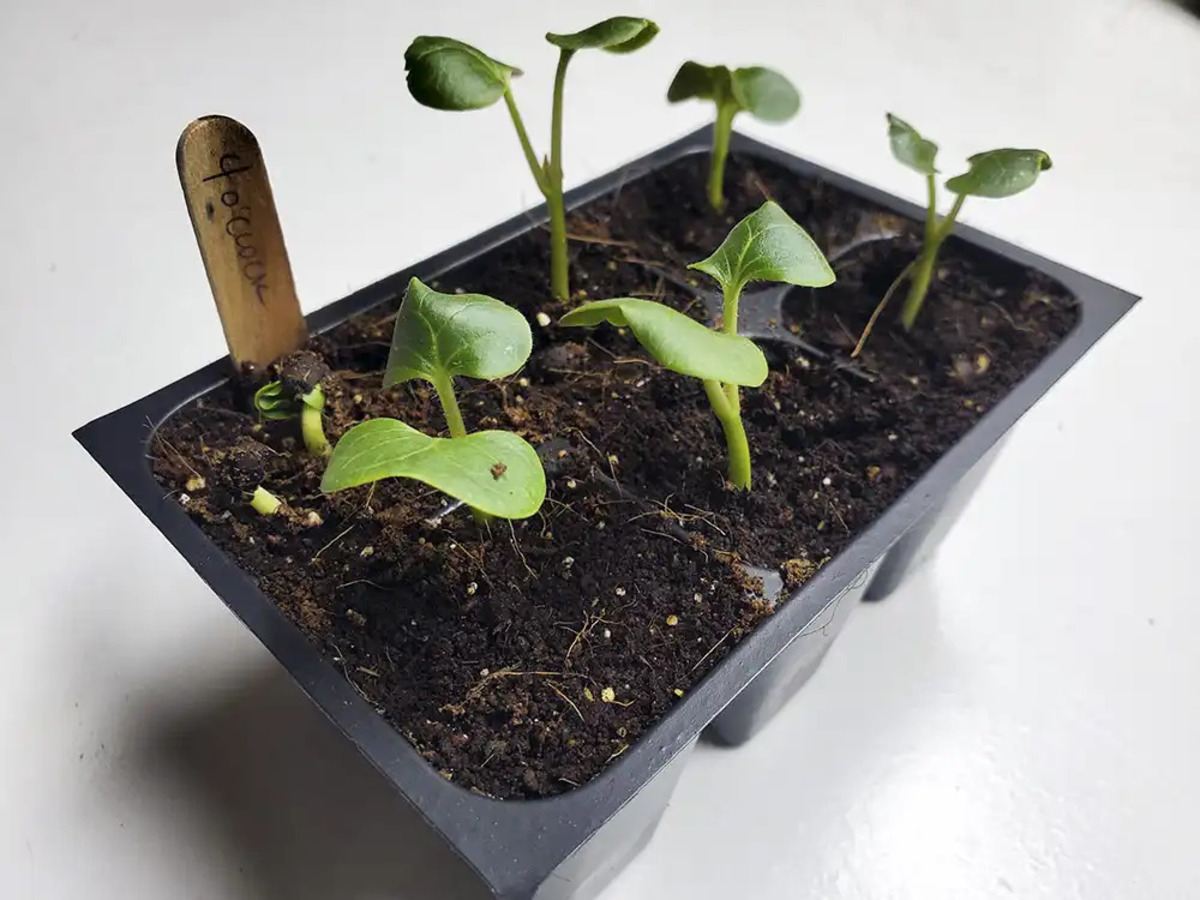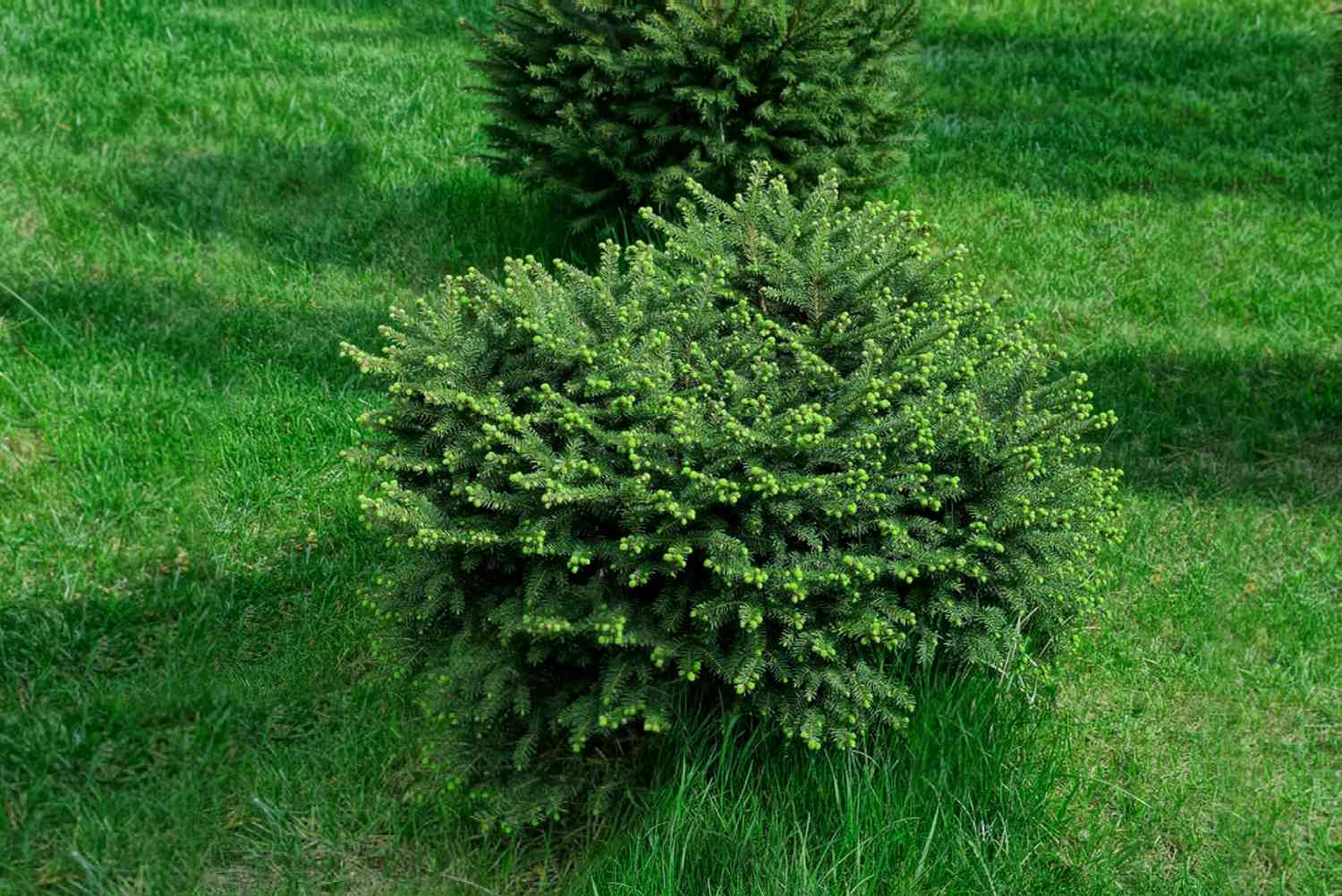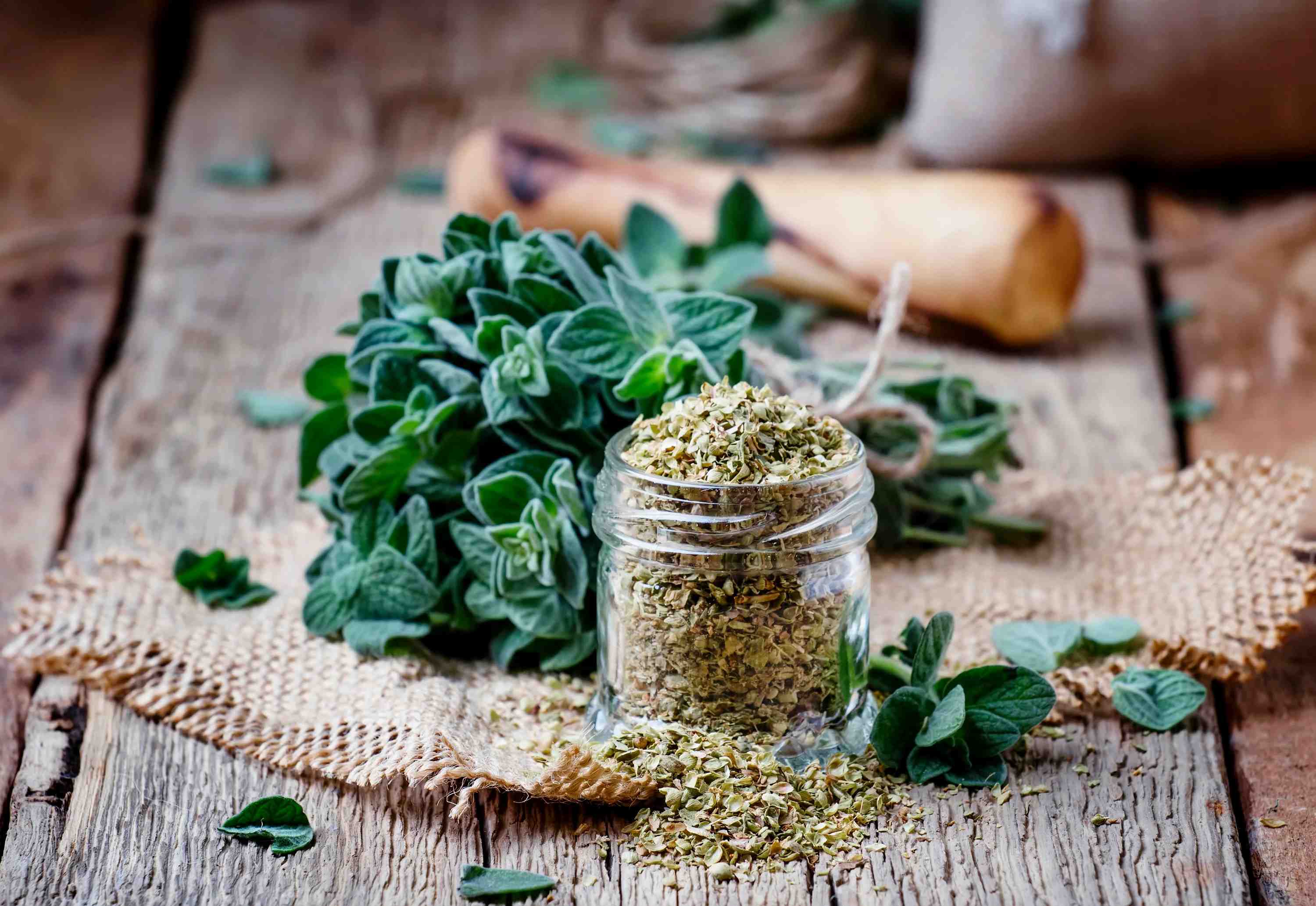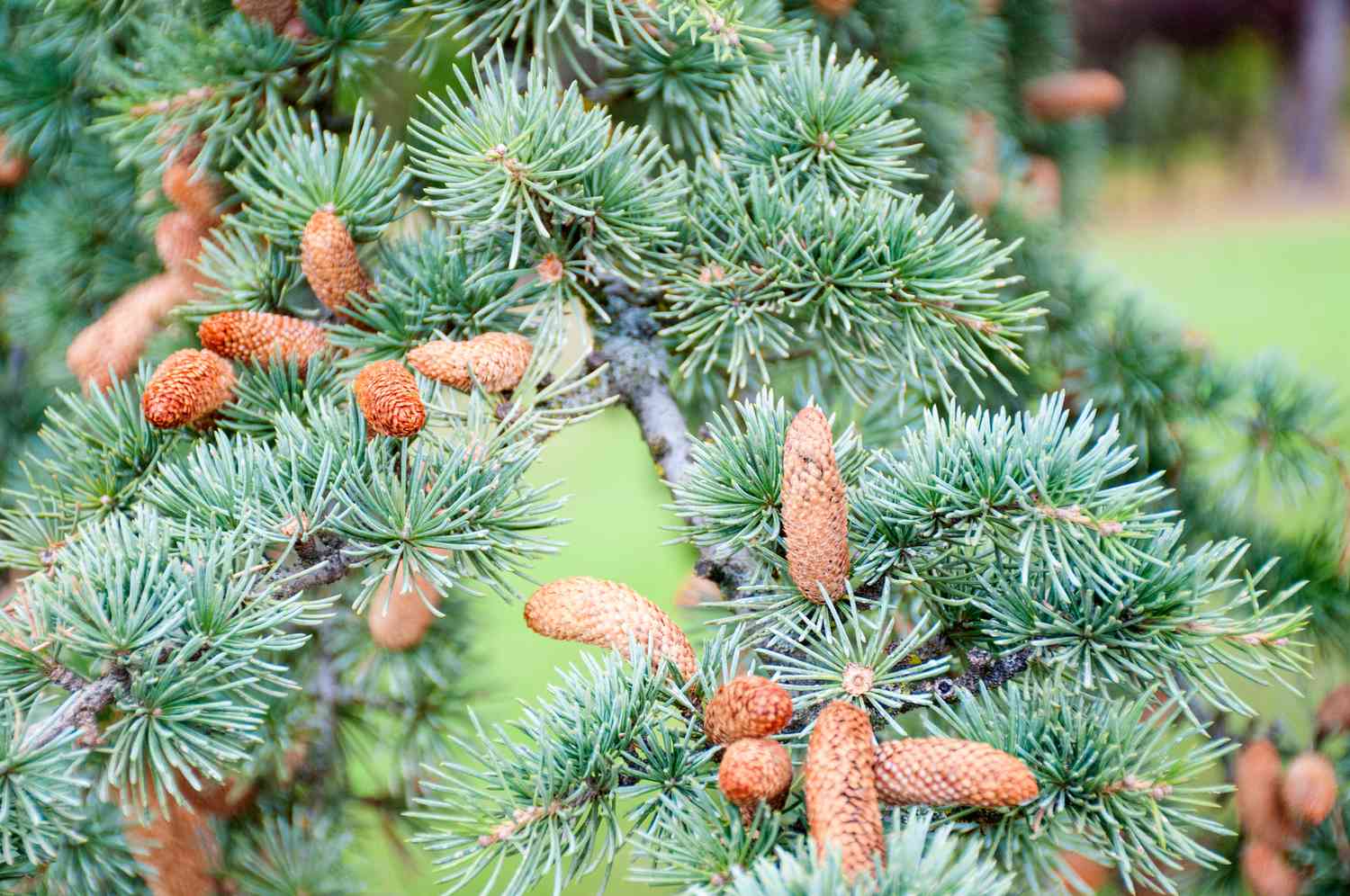Home>Types of Gardening>Edible Gardening>What Do Beet Seedlings Look Like


Edible Gardening
What Do Beet Seedlings Look Like
Published: January 6, 2024
Discover what beet seedlings look like and how to identify them in your edible garden. Learn the key characteristics of beet seedlings for successful gardening.
(Many of the links in this article redirect to a specific reviewed product. Your purchase of these products through affiliate links helps to generate commission for Chicagolandgardening.com, at no extra cost. Learn more)
Table of Contents
Introduction
Welcome to the exciting world of edible gardening! If you're new to growing beets, you might find yourself eagerly awaiting the emergence of your beet seedlings. Understanding what beet seedlings look like and how to identify them is a crucial aspect of nurturing these vibrant and nutritious plants. In this article, we'll delve into the characteristics of beet seedlings, explore how to identify them, and consider the factors that can influence their appearance. By the end, you'll be equipped with the knowledge to recognize and care for your beet seedlings as they embark on their journey from tiny seeds to robust plants ready for harvest.
Beet seedlings are not only a delight to behold but also signify the promise of a bountiful beet harvest in the future. Whether you're a seasoned gardener or a novice enthusiast, understanding the nuances of beet seedling development can deepen your appreciation for the remarkable process of plant growth. Let's embark on this enlightening exploration of what beet seedlings look like and how to distinguish them as they begin their remarkable transformation from seeds to flourishing plants.
Characteristics of Beet Seedlings
Beet seedlings possess distinct characteristics that set them apart during the initial stages of their growth. Understanding these features is essential for identifying and nurturing these young plants.
As beet seedlings emerge from the soil, they typically display a pair of cotyledon leaves, which are initially heart-shaped and may appear in a vibrant shade of green. These initial leaves serve as the plant’s primary energy source, providing the necessary nutrients for early growth. As the seedlings mature, their true leaves, which are more recognizable as the distinctively lobed foliage of mature beet plants, begin to develop and expand. The true leaves often exhibit a deep green hue, contributing to the plant’s overall vigor and health.
One notable characteristic of beet seedlings is their tendency to grow in clusters, with multiple seedlings sprouting closely together. This natural clustering can create a dense appearance, especially as the cotyledon leaves initially unfurl. As the seedlings continue to grow, thinning them out to allow adequate spacing can promote healthier development and prevent overcrowding, ultimately enhancing the plants’ overall productivity.
Furthermore, beet seedlings are known for their resilience and adaptability, often thriving in various environmental conditions. Their ability to withstand fluctuations in temperature and soil conditions makes them a suitable choice for gardeners seeking resilient crops that can withstand diverse climates.
Understanding the unique characteristics of beet seedlings equips gardeners with the knowledge needed to identify and nurture these young plants as they progress through their early growth stages.
Identifying Beet Seedlings
Recognizing beet seedlings amidst the array of emerging plants in your garden is an essential skill for any gardener. As these young plants begin to sprout and unfurl their distinctive leaves, it’s important to be able to differentiate them from surrounding vegetation.
One of the key methods for identifying beet seedlings is by observing their initial cotyledon leaves. These heart-shaped leaves, often appearing in a vibrant shade of green, provide an early indication of the plant’s identity. As the seedlings progress, the development of their true leaves, characterized by the lobed foliage typical of mature beet plants, further solidifies their identification.
Another distinguishing feature of beet seedlings is their tendency to grow in clusters, often emerging closely together. This clustering can create a dense appearance, especially during the early stages of growth. While this natural tendency can be advantageous in terms of maximizing space, it’s important to thin out the seedlings as they grow to ensure adequate spacing, thereby promoting healthier development and preventing overcrowding.
When identifying beet seedlings, it’s also essential to consider their growth pattern and overall appearance. These young plants typically exhibit a vibrant, healthy green color, indicative of their vigor and potential for robust growth. Additionally, their resilience and adaptability to diverse environmental conditions contribute to their distinctive characteristics, making them a reliable and resilient addition to any garden.
By familiarizing yourself with the unique features of beet seedlings and honing your ability to distinguish them from other emerging plants, you can effectively nurture these young crops and set the stage for a successful beet harvest.
Factors Affecting Beet Seedling Appearance
The appearance of beet seedlings can be influenced by various factors, each playing a crucial role in shaping the growth and development of these young plants. Understanding these influences is essential for ensuring the optimal health and vigor of beet seedlings as they progress through their early stages of growth.
One significant factor affecting the appearance of beet seedlings is the quality of the soil in which they are planted. Well-draining, nutrient-rich soil provides an ideal environment for seedling development, fostering robust growth and vibrant foliage. Conversely, soil that is compacted or lacking in essential nutrients can impede the healthy appearance of beet seedlings, potentially leading to stunted growth and diminished vitality.
The availability of sunlight is another critical factor that can impact the appearance of beet seedlings. Adequate exposure to sunlight is essential for promoting photosynthesis and ensuring the development of strong, healthy foliage. Insufficient sunlight can result in pale or elongated seedlings, signaling the need to adjust their growing conditions to facilitate optimal exposure to light.
Furthermore, the frequency and method of watering can significantly influence the appearance of beet seedlings. Consistent, moderate watering is essential for sustaining the hydration levels necessary for robust growth. Overwatering can lead to waterlogged soil and potential root rot, while underwatering can result in wilting and diminished vigor. Striking the right balance in watering practices is crucial for maintaining the vibrant appearance of beet seedlings.
Temperature and environmental conditions also play a pivotal role in shaping the appearance of beet seedlings. These resilient plants can thrive in diverse climates, but extreme temperatures or sudden fluctuations can impact their growth and overall appearance. Providing a stable, favorable environment for seedling development is key to ensuring their healthy and vibrant demeanor.
By considering and addressing these influential factors, gardeners can actively contribute to the optimal appearance and growth of beet seedlings, setting the stage for a flourishing and productive beet harvest.
Conclusion
Embarking on the journey of nurturing beet seedlings unveils a captivating experience, characterized by the emergence of vibrant young plants with distinctive characteristics. Understanding the appearance and identifying features of beet seedlings equips gardeners with the knowledge needed to foster their healthy development. By recognizing the heart-shaped cotyledon leaves, the development of true leaves, and the natural clustering of seedlings, gardeners can effectively identify and care for these resilient plants.
Factors such as soil quality, sunlight exposure, watering practices, and environmental conditions significantly influence the appearance of beet seedlings. By prioritizing optimal growing conditions and addressing these influential factors, gardeners can contribute to the vibrant and robust demeanor of their beet seedlings, setting the stage for a successful and bountiful harvest.
As you immerse yourself in the art of edible gardening, the remarkable transformation of beet seedlings from tiny seeds to flourishing plants serves as a testament to the beauty and resilience of nature. Embracing the nuances of beet seedling development enriches the gardening experience, fostering a deeper connection with the remarkable journey of plant growth.
Armed with the knowledge gained from this exploration, you are well-prepared to recognize and nurture the distinctive appearance of beet seedlings, fostering their growth and vitality as they progress towards maturity. By celebrating the unique characteristics of beet seedlings and tending to their evolving needs, you can cultivate a thriving garden abundant with the vibrant foliage and nutritious bounty of these remarkable plants.
